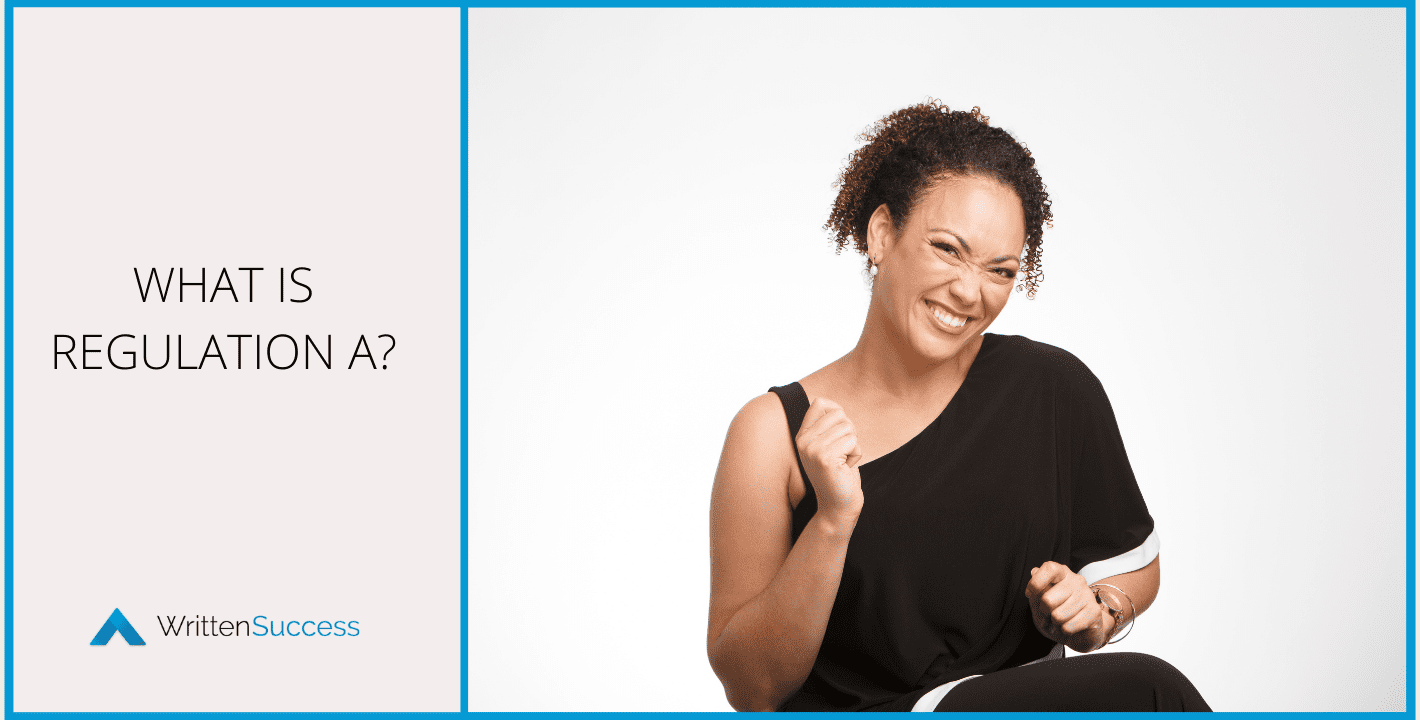Regulation A is a mechanism for companies — generally smaller ones in need of capital — to conduct a public offering with minimum and streamlined filing and reporting requirements while continuing to provide strong investor protection. Companies must still provide an offering circular or prospectus and be vetted by the Securities and Exchange Commission (SEC).
Perhaps, more importantly, is the fact that Regulation A allows initial investments to “non-accredited investors” as well as “accredited investors.” Accredited investors are typically banks, insurance companies, and investment companies; employee benefit plans, charitable organizations, corporations, partnerships, and trusts with over $5 million in assets; or directors, executive officers, and partners of the company selling the securities.
Accredited and non-accredited investors can also be individuals. The best way to define a non-accredited investor is to describe an accredited one. An accredited investor has a net worth greater than $1,000,000 (excluding their primary residence) and an annual income of over $200,000 ($300,000 jointly with a spouse). Such accredited investors represent about 10% of the population in the United States.[1] Non-accredited investors are everyone else, also referred to as the general public.
Regulation A has two tiers — uncharacteristically named Tier 1 and Tier 2 — given an environment that typically subscribes to complex naming conventions and rules. Each tier specifies different funding constraints and reporting demands. Commonalities include mixed investor types, a 12-month funding limit, tier disclosure in their prospectus, and with both tiers abiding by state and federal operating requirements.
What is the difference between Regulation A Tier 1 and Tier 2?
While both tiers are similar, there are also some important differences.
Tier 1 allows companies to have securities offerings of up to $20 million in a 12-month period, with a maximum of $6 million or 15% of those offerings, also known as secondary sales, made by affiliates of the company. Affiliates are generally considered minority voting shareholders and typically refer to executive officers, directors, larger stockholders and parent, sister, and subsidiary entities.
Tier 2 allows companies to have securities offerings of up to $50 million in a 12-month period, with a maximum of $15 million or 30% of those offerings made by affiliates of the company. Tier 2 companies must also provide audited financial statements and file multiple periodic operational reports. Additionally, a non-accredited investor’s purchase of Tier 2 securities cannot exceed greater than 10% of their annual income or net worth. Companies contemplating an offering of $20 million or less may choose either tier.
There are additional rules that apply to both tiers regarding secondary sales by affiliates, which limit sales by all selling security-holders to a maximum of 30 percent of the total in the initial Regulation A offering and any subsequent Regulation A offerings for the next 12 months after the initial offering. This effectively means there must be at least four (4) entities participating in the initial securities offering.
Both tiers are also mandated to review their Regulation A offerings and develop a report for submission to the SEC within five (5) years following the initial offering, outlining the results of the offering, including how much capital was raised and acknowledging their compliance to investor protection regulations.
What are the company requirements to qualify for Regulation A?
Regulation A is only available to companies doing business and established in the United States and Canada. Companies must have a business plan outlining a specific purpose other than mergers and acquisitions. There are several situations that would disqualify companies from pursuing Regulation A, such as:
- Any company that already has a reporting relationship with the SEC.
- A company that does not have a business plan or specific purpose or companies that intend to enter into a merger or acquisition with unidentified entities, also known as “blank check companies.”
- Any company that intends to sell assets composed of oil, gas, or other mineral rights.
- All companies that have ever been convicted of securities fraud, also known as the “bad actor” disqualification.
- Companies that have been subject to denials, suspensions, or revocations of securities registration by the SEC in the past five (5) years.
- Those that are already SEC reporting companies as well as certain investment companies.
- Companies that have missed filing requirements for the past two (2) years.
In summary, there are many advantages to conducting a public offering under Regulation A for startup companies seeking capitalization of up to $50 million. It provides a mechanism to substantially reduce the burdens of complex submissions and reporting requirements.
The best path in ensuring success for a new business is to develop a solid business plan, which is the basis for securing funding and, therefore, critical to finding the right resources. Some entrepreneurs are adept and comfortable in developing their own plans; however, most folks seeking to start a business could use some assistance and should find an individual or company with a winning track record to help them..
If you are exploring Regulation A options — or funding options in general — reach out to schedule a free consult with Written Success. We can help you understand how to prepare your business plan and other documents needed for securing investors.





